|
|
Kinema Ikon is one of the longest-running artistic initiatives in Europe. Started in 1970 as an experimental film collective at the art school of the Romanian city of Arad, its founder George Sabau led it further into the exploration of video, hypermedia, and internet. It is still very little known outside Romania, although it is indisputably a pioneering intermedia art collective, bringing together filmmakers, programmers, poets, and even an archaeologist. We talk to the core member of the group, Călin Man.
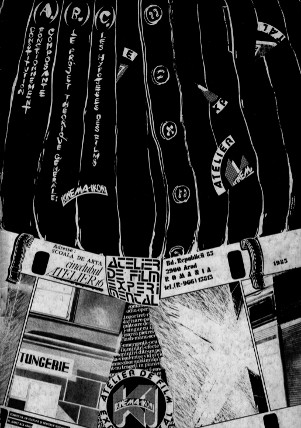
Kinema Ikon booklet, cover page, 1985.
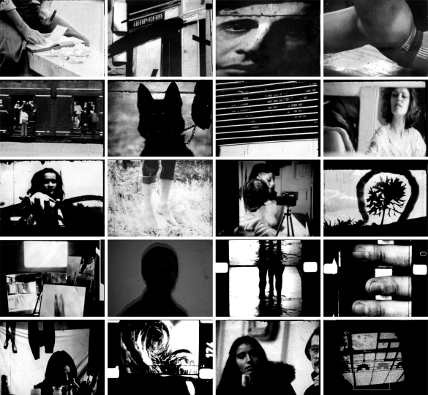
Kinema Ikon films, 1970-1989.
Kinema Ikon group was active since the early 1970s. Can you describe how did you came into contact with the group and its work? When and where did you first hear about it?
In 1970, as kinema ikon (ki) was starting its activity, I was a child in constant motion who discovered sports. Art, however kinetic might have been, seemed far too static and not at all alluring. In those times I was living in the same neighborhood with the founder of the group, Mr. Sabau, in the German area of the city. During my last high school year, Mr. S was my philosophy teacher and so I learned about kinema ikon, who were meeting at the Art School. I first visited them in 1979 and afterwards I became a very discreet member. In 1990, the workshop moved to the museum, where I was employed as a photographer since 1985. A new department was created, dedicated to media arts, thus me and Mr. S became colleagues. The rest is history, waiting to be unveiled.
Kinema Ikon revealed a productive correlation between art and education. Can you describe the particular teaching/learning methods that were employed? And on the other hand, what were the pitfalls of the interdisciplinary direction?
The ki workshop functioned at the Art School between 1970 and 1990 as a three year film-making course. The mentor was Mr. S. Unofficially, the goal was to make experimental films. Officially, the workshop was supposed to produce documentaries. The documentaries managed to avoid any political tinge and provided us with the material for the experimental films. This explains why 62 documentaries and 62 experimental films were made. The ki workshop was at the beginning a meeting place for free discussions on art or rather on anything, let’s not forget, in communist times, which we quite disliked.
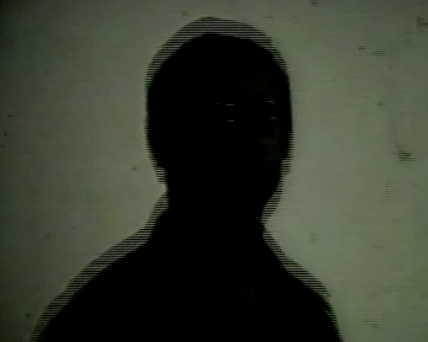
George Sabau, 1970.
Gheorghe Sabau, initiator and coordinator of ki, has had a critical stance towards individualism in the arts, and was accomodating the group in the collaborative environment. Can you talk a little about the social dynamics within the group? Artistic direction, decision-making, personal affiliations, ambitions, etc.
Since the beginning, kinema ikon was the umbrella that allowed people to express themselves, strong personalities from various domains: visual arts, literature, architecture, science, you name it. They made author films, which presented to the group brought out the image of a consistent theoretical concept, a climate that differed to its core from the official, communist one. ki was uncomfortable because it was not in the mainstream; at some point, the slightly gloomy atmosphere of the films brought upon us an interdiction to present them to the general public. After 1989, there was an attempt to get socially involved by publishing the conversatia magazine (between 1990 and 1993) and at the same time the three group projects were made – video installations. It was the only time when individualism was put between brackets – it was an experiment in itself. kinema ikon was always atypical, marginal, elitist and so on.
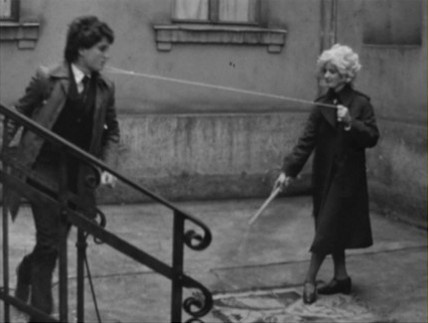
Demian Sadru, Open-Flash, 1975, fiction, 16 mm, b/w, 7'53''.
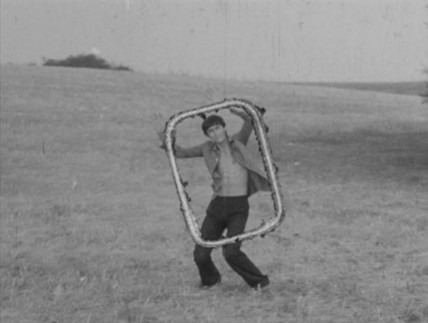
Ioan Plesh, Poluare, 1977, doc, 16 mm, b/w, 5'34''.
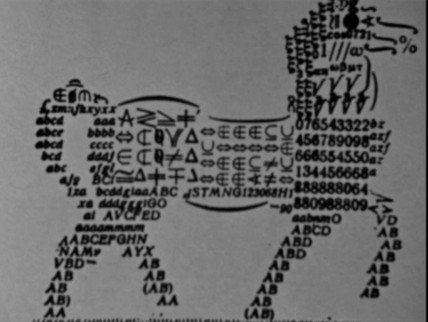
Romulus Bucur, Nu trageţi în pianist, 1984, anime, 16 mm, b/w, 3'31''.
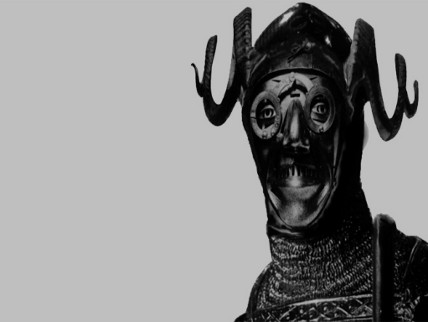
Kinema Ikon, Cavalerul din carpatzi, 1996, digital animation, cable TV, 5'47''.
What were your strongest dreams at that time?
ki had neither dreams, nor certainties. Nowadays, due to the 40 years stashed on a hard disk, it sometimes has nostalgia. For only short spells, though.
The screenings of avant-garde and experimental films were on the regular program within the workshop. Was the group familiar with the 1960s' and 1970s' production from outside Romania (for example Hungary, Poland, Czechoslovakia, or the West) ? Which films had had the strongest resonance?
Comparing with the access to information in the present, in the seventies and eighties we were nowhere, we had no idea of what really happened out there, in the world. Each of us had “sources” and the workshop was the place where news and novelties where shared. I, personally, thought that Dadaism was the way to follow. Which I duly did. (revoltaire.net)
What kind of books had the biggest influence in the group? Did you have access to postmodern philosophy literature or film theory?
My dream is to publish a magazine where the words are barely present, and when there, they should look as if images. Intermedia, which I coordinate since 1994 is getting close to this. But let’s get back to the communist period.
True, in the 80’s there was a postmodern trend. The literary magazines had polemics on this topic. But, about theories, statements, testimonials and manifestos should speak Mr. Sabau.
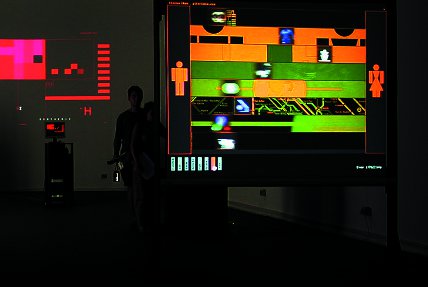
Venice Biennial, 2003.
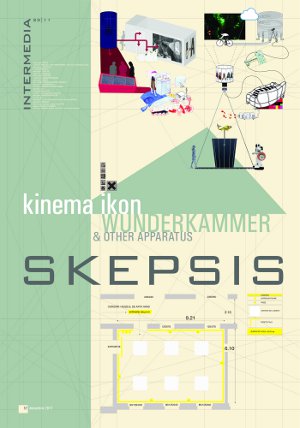
Skepsis poster, 2011.
Kinema Ikon managed to bring together the intellectuals from all over country in 1984 and 1988 for "Intermedia" symposia in Arad. What is your experience of these events?
At the intermedia symposia in the 80’s I attended as a regular member of the group – spectator, and it was quite ok. I’m joking, but to be honest I don’t feel like revisiting all the theories of yesteryear. The 2010 event of the group is dedicated to the film, it is a retrospective, a recuperation, a resetting, a reminder for us or maybe a novelty for the young generation. But I am oriented towards what kinema ikon has to do in a prospective new stage of creation. I call it so to make myself easier the gathering of materials for the jubilee :)
September 2010
|